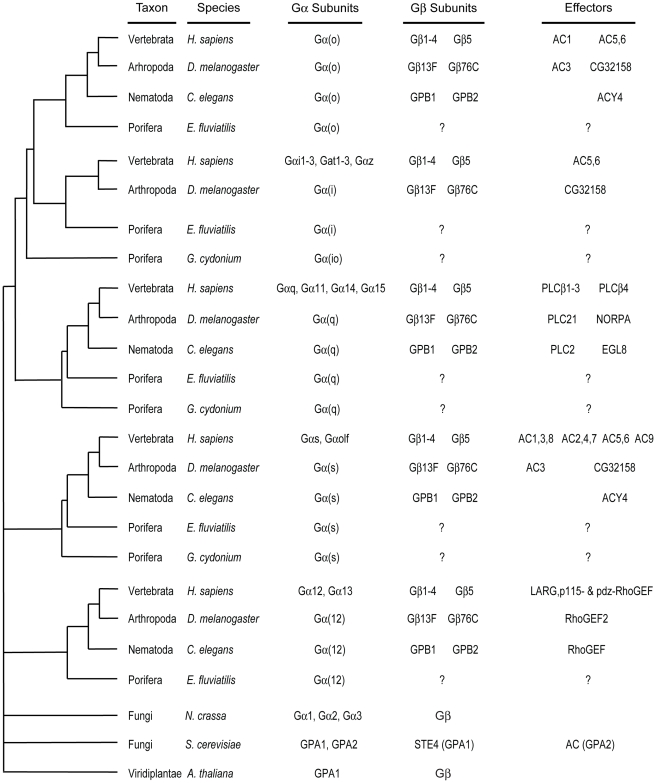Figure 2. Evolution of the molecular signaling nexus Gα.
A heuristic tree that captures commonly accepted characteristics between taxa and Gα and Gβ subunits from representative genomes is shown to the left. Plants have a single Gα subunit and the two fungi have either 2 or 3 Gα that do not fit any of the 4 animal subtypes. Thus, the evolution of the Gα subunit from a single gene to the multigene family evident in mammals occurs within eukaryotes. Divergent Gα subunits found in some genomes are not included in this diagram. Homologs of well-studied proteins that interact with mammalian Gα subunits are indicated to the right. For incomplete genomes, the presence of the interactor may be indeterminate and is indicated by a ‘?’. Homology indicates the presence of a protein in the given organism, but not all interactions have been verified in lower metazoans. As is evident from the chart, plant Gα subunits contain a single known interacting protein, the Gβγ heterodimer. The number of interacting proteins grew steadily throughout evolution of the GPCR signaling system. No bootstrap or other credibility scores are shown for the heuristic tree as this is not intended to be a definitive phylogeny. Marine sponge = Geodia cydonium; Freshwater sponge = Ephydatia fluviatilis; Worm = Caenorhabditis elegans; Fruitfly = Drosophila melanogaster; Human = Homo sapiens.

